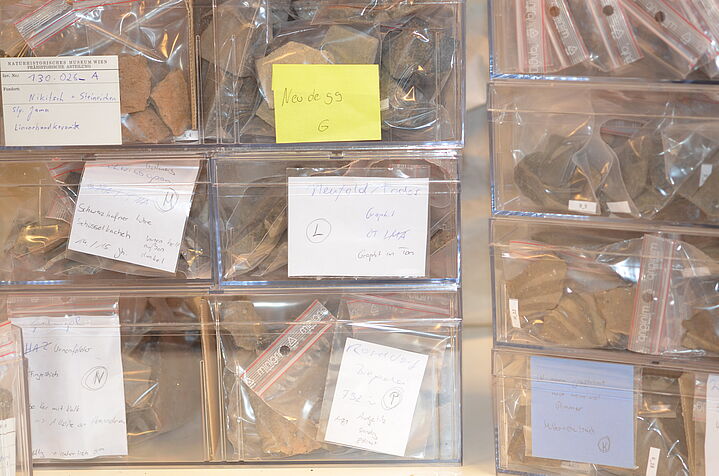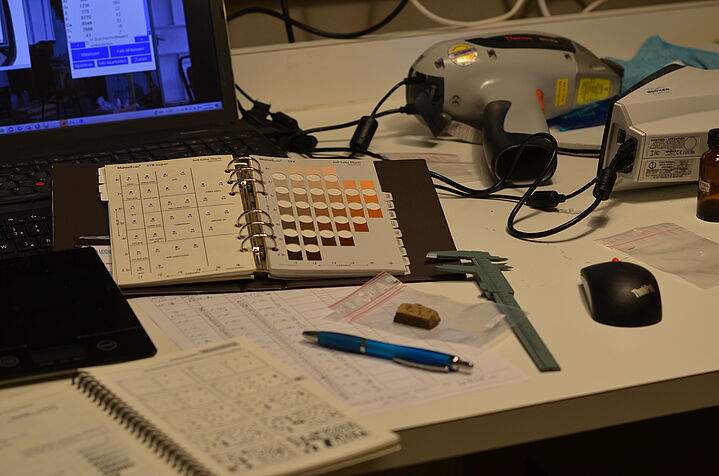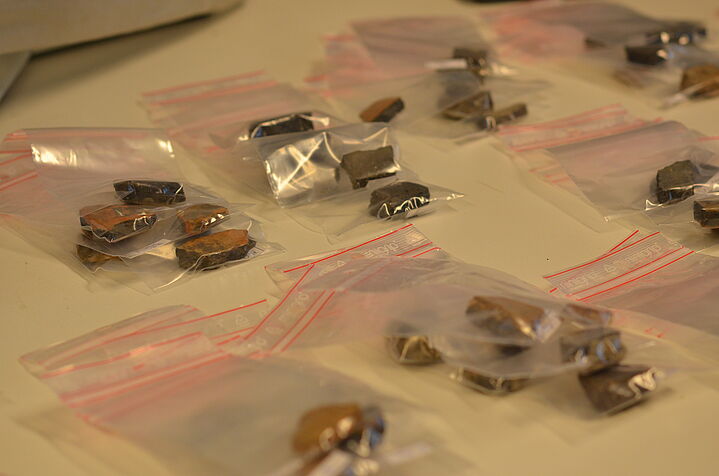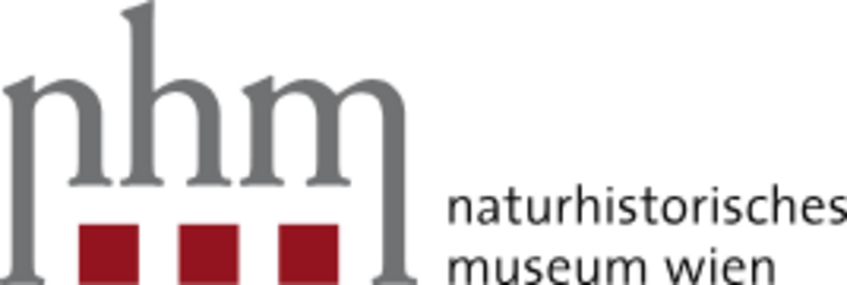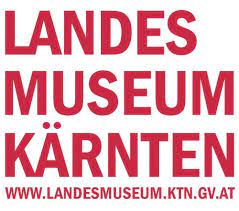Compilation of (chemical) data of the pottery sample set
Pottery is the most common material found in archaeological sites, but it is also one of the most challenging to analyse using portable X-ray fluorescence (pXRF) due to its diverse composition and heterogeneity. As p-XRF specialists strive to work minimal- to non-destructively, surface effects such as contamination and irregular fracture edges add to the complexity. This makes pottery one of the most difficult but also fascinating materials to study.
There are many unknowns when analysing pottery - how moist can it be, what type of drying method is best to avoid altering the chemistry of the sample, are there instrument specific thresholds for coarseness, sample thickness and much more. To tackle these questions, around 360 pottery samples from Lower Austria, Carinthia, Burgenland, and North Rhine-Westphalia are analysed both, chemically and archaeologically. This initial study will provide a basline for selecting samples for the next steps of the project - the experiments.
Impressions of sample set and workflow
Institutions involved
The project is indebted to all those colleagues and their respective institutions who have made the effort to examine their collections and contribute to this pottery sample set:

